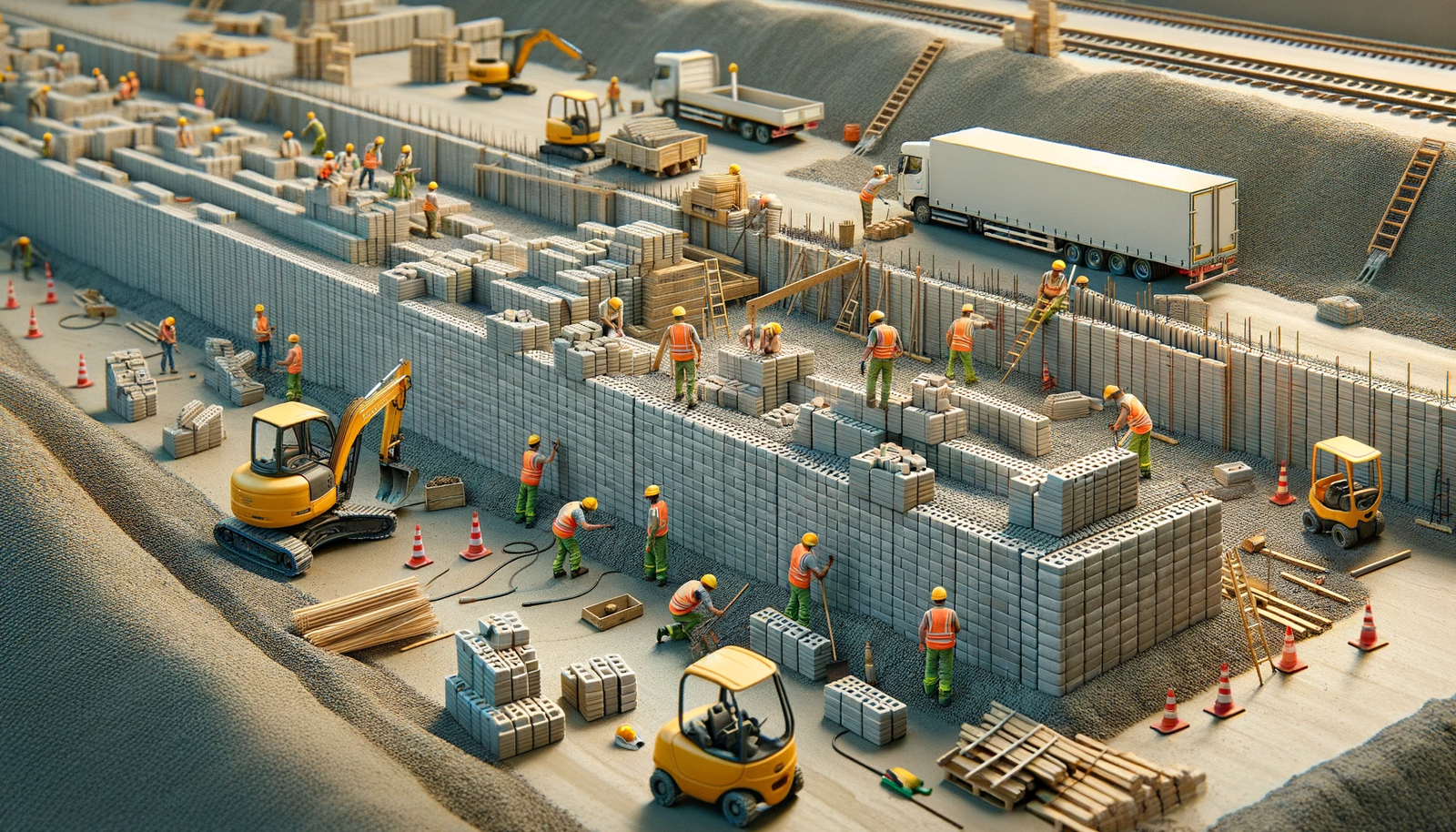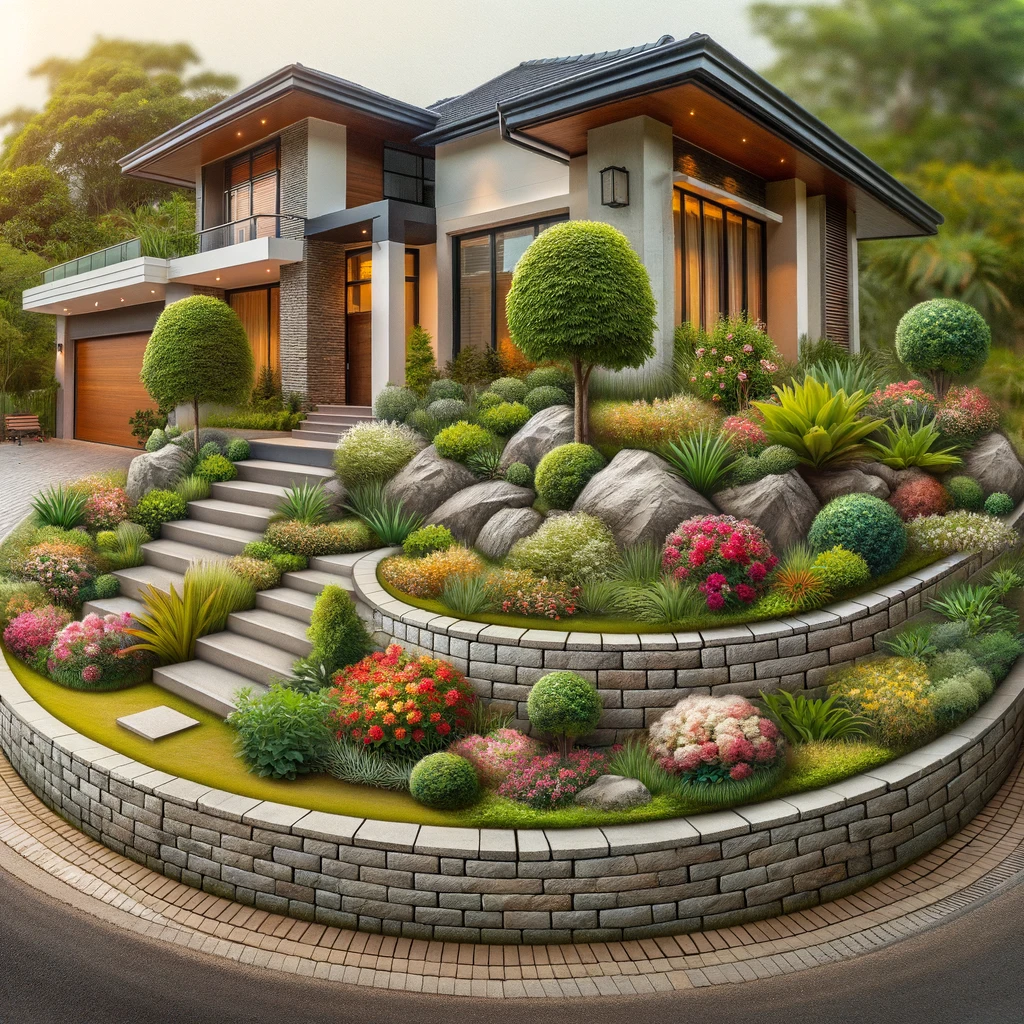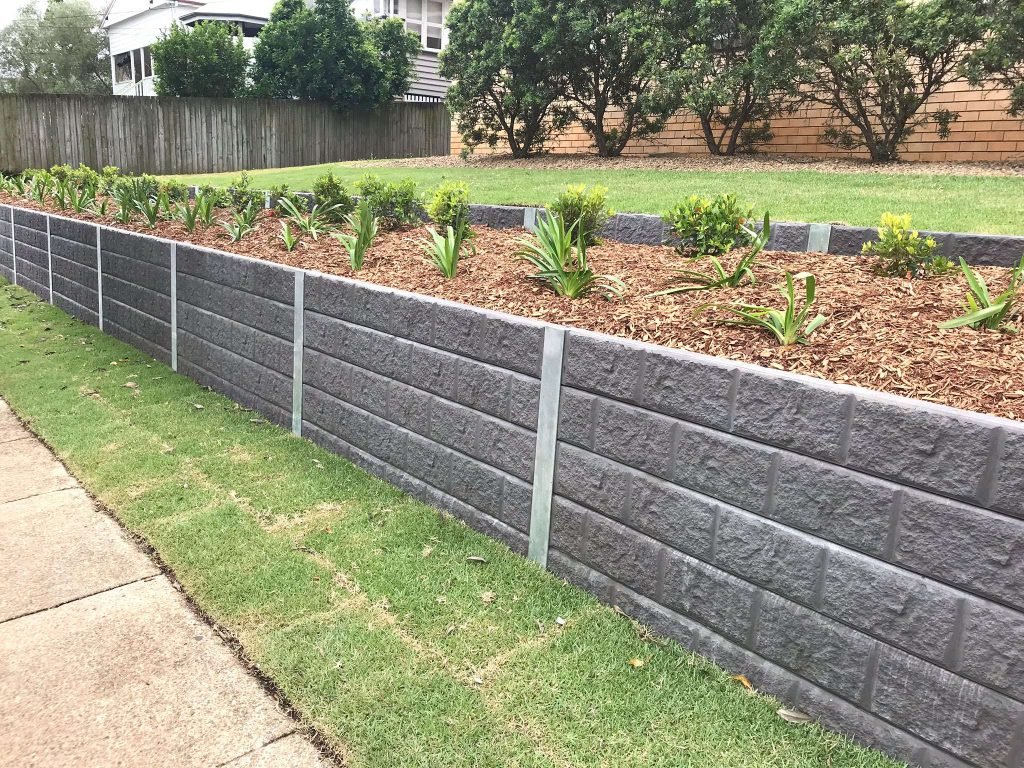Introduction
Retaining walls are not just a functional element in landscaping; they also add aesthetic value to your property. Whether you’re dealing with erosion issues or looking to create a beautiful terraced garden, retaining walls offer a robust and attractive solution.
🎬 Watch the Video: The Ultimate Guide to Retaining Walls
Why Do You Need a Retaining Wall?
Before diving into the types and materials, let’s understand why you might need a retaining wall in the first place. They serve multiple purposes:
- Erosion Control: They prevent soil from washing away, especially in sloped areas.
- Space Maximization: They allow you to create flat spaces on hilly terrain.
- Aesthetic Appeal: They can be designed to enhance the visual appeal of your landscape.
Types of Retaining Walls
There are various types of retaining walls, each with its unique features and benefits. Let’s dive into the most popular ones.
Gravity Walls
Gravity walls rely on their weight to hold back the soil. They are generally shorter and used for smaller slopes.
Cantilever Walls
These walls use a lever action to provide greater stability and are often used for taller, more demanding applications.
Anchored Walls
Anchored walls use anchors placed in the soil for added stability, making them ideal for holding back large amounts of soil.
Sheet Piling Walls
Sheet piling walls are used in soft soil and tight spaces. They are made of vinyl, steel, or wood planks driven into the ground.
Common Materials Used
When it comes to materials, you have several options. The choice often depends on the aesthetic you’re going for and the structural requirements of the project.
- Concrete: Durable and versatile.
- Stone: Offers a natural look.
- Wood: Less durable but offers a rustic feel.
- Brick: Classic and timeless.
Cost Considerations
Building a retaining wall is an investment. The cost can vary depending on the material used, the complexity of the project, and labor costs.
Factors Affecting Cost
- Material: High-quality materials will cost more.
- Labor: Professional installation isn’t cheap but ensures longevity.
- Size and Height: Larger and taller walls require more resources.
Design Ideas for Retaining Walls
A retaining wall doesn’t have to be a bland structure. Here are some design ideas to spice things up:
- Planters: Incorporate planters for added greenery.
- Water Features: Add a waterfall or fountain.
- Lighting: Illuminate the wall for a dramatic effect.
Visual Appeal and Functionality
Retaining walls serve both functional and aesthetic purposes. They can be a stunning focal point in your garden or a subtle addition that blends into the landscape.

Maintenance Tips
A well-maintained retaining wall can last for years. Here are some tips:
- Regular Inspection: Check for cracks and damages.
- Drainage: Ensure proper drainage to prevent water damage.
- Cleaning: Remove dirt and debris to maintain its appearance.
Conclusion
Retaining walls are a fantastic addition to any property, offering both functional benefits and aesthetic appeal. Whether you’re a homeowner looking to improve your garden or a business owner wanting to add some flair to your commercial property, a retaining wall is a worthwhile investment.
For professional installation and advice, consider Elite Walls & Fencing. We specialize in Retaining Wall rebuilds and construction for residential and commercial properties.




